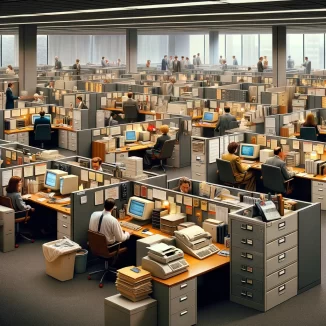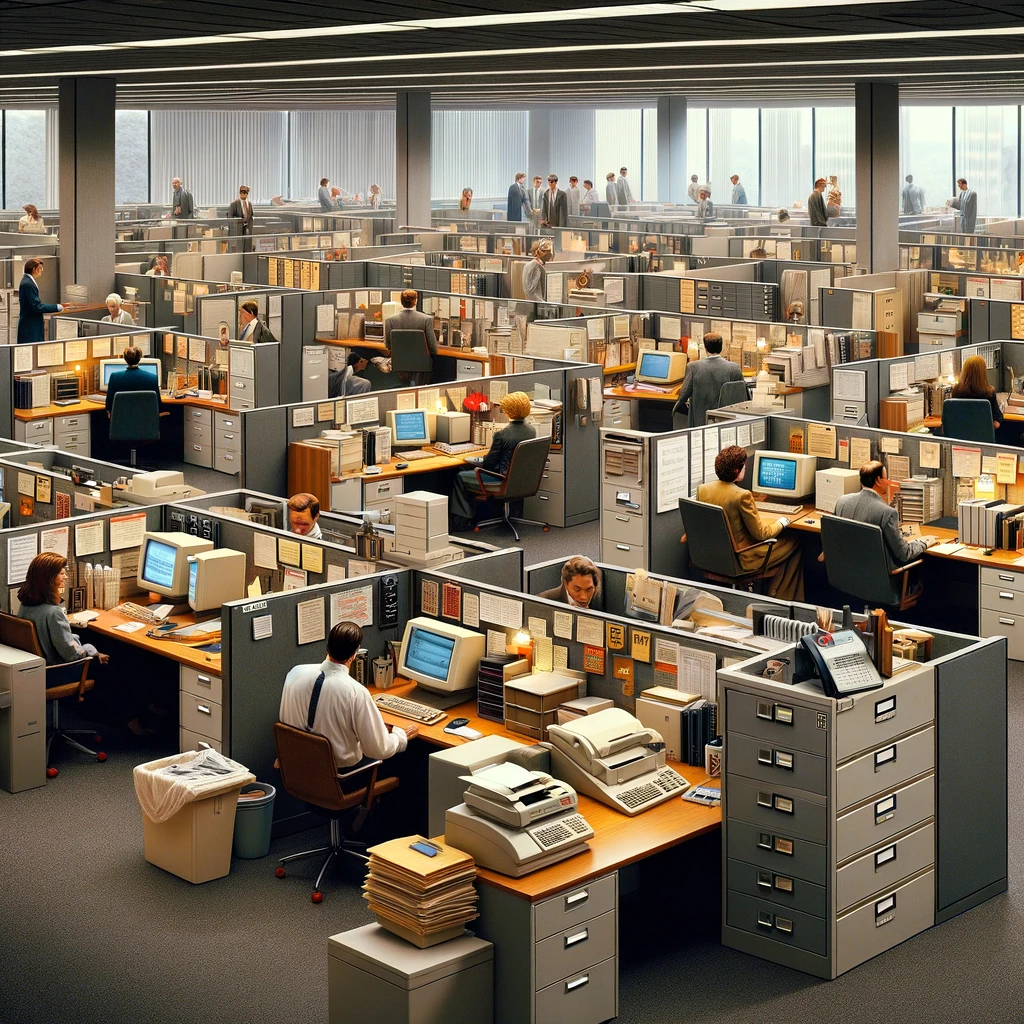
The early 2000s workplace was a different world compared to what Gen Z professionals are accustomed to today. From technology to office culture, many practices from that era would seem outdated or even shocking in today’s work environment. This article explores 11 such workplace practices from the early 2000s, shedding light on how dramatically the professional landscape has changed over the past two decades.
1. Rigid 9-to-5 Work Hours
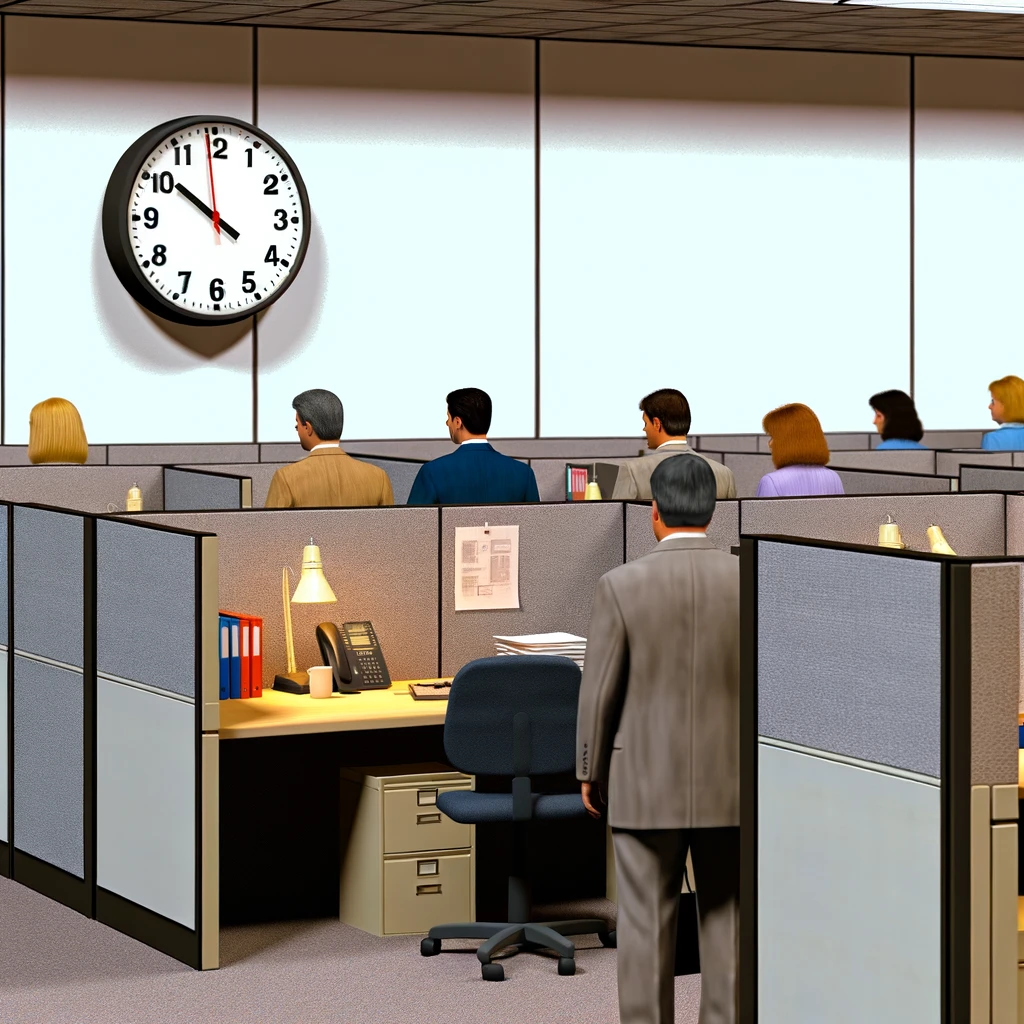
The early 2000s workplace was characterized by strict adherence to 9-to-5 work hours. Flexibility in work schedules was rare, and the concept of work-life balance was not as evolved as it is today. This rigidity is in stark contrast to the flexible or remote working arrangements that many Gen Z professionals now view as standard.
2. Formal Dress Codes
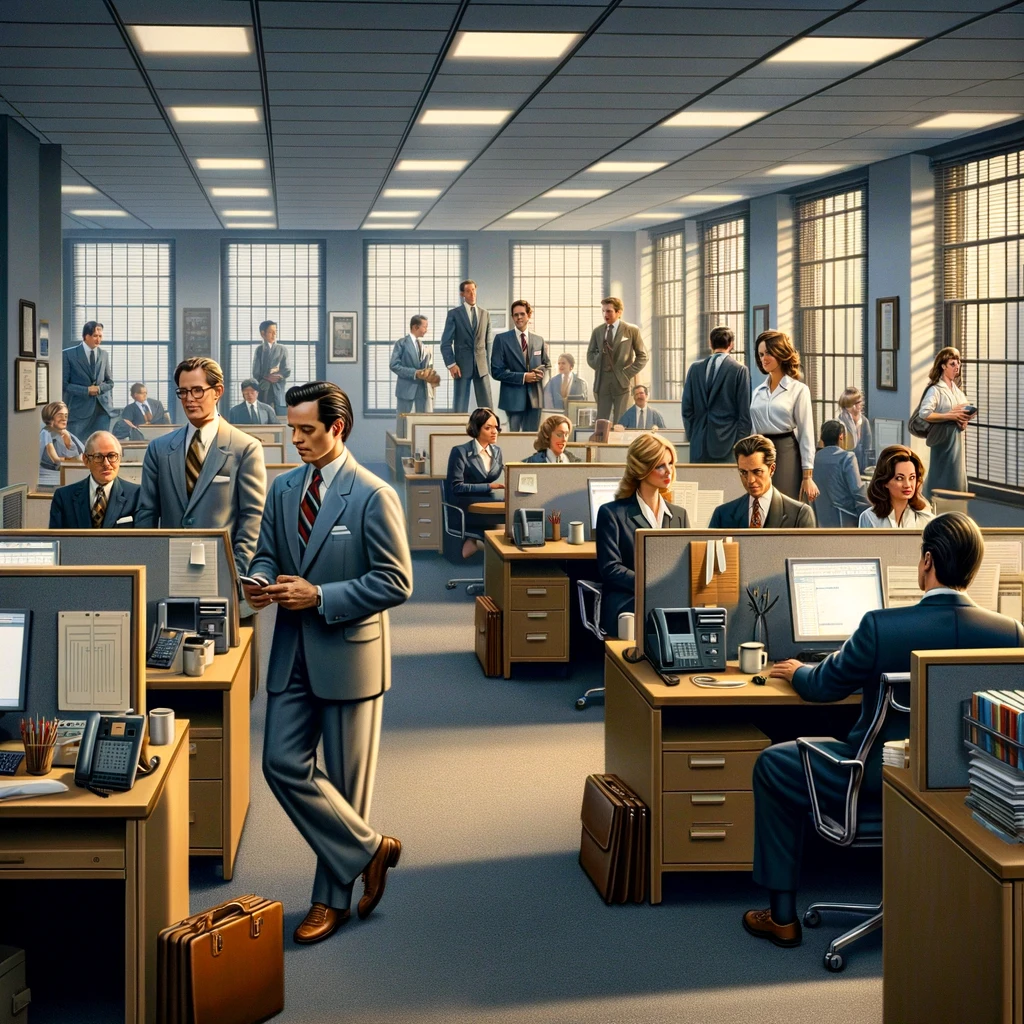
Formal dress codes were the norm in the early 2000s, with business attire expected in most office settings. This formality has given way to more casual and diverse dress codes in today’s workplaces, reflecting a broader shift towards comfort and self-expression.
3. Limited Remote Work Opportunities
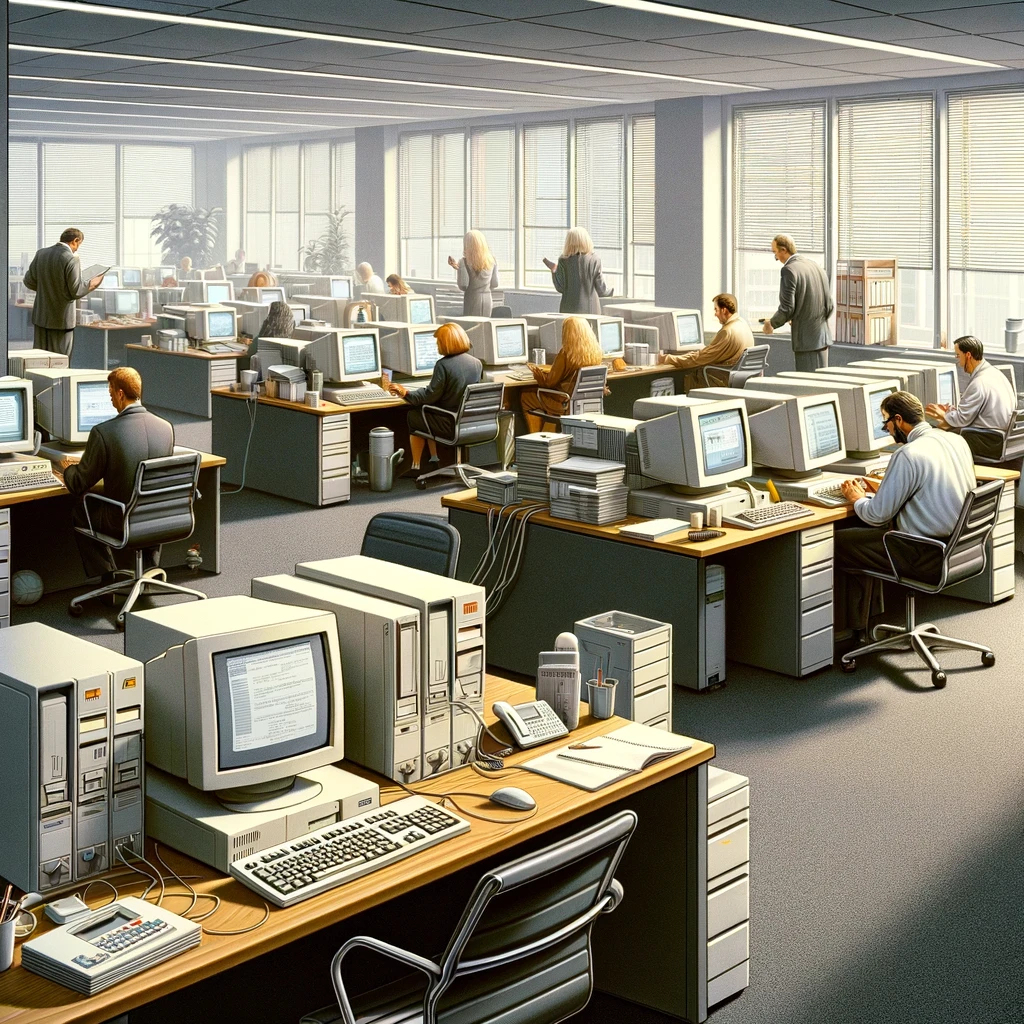
Remote work was a rarity in the early 2000s, with the technology for effective remote collaboration still in its infancy. The COVID-19 pandemic accelerated the shift towards remote work, a concept that would have seemed impractical to many professionals two decades ago.
4. Heavy Reliance on Physical Documents

The reliance on physical documents and paper-based processes was significant in the early 2000s. Today, digital and cloud-based solutions dominate, driven by advancements in technology and a push towards more sustainable practices.
5. Limited Social Media Presence
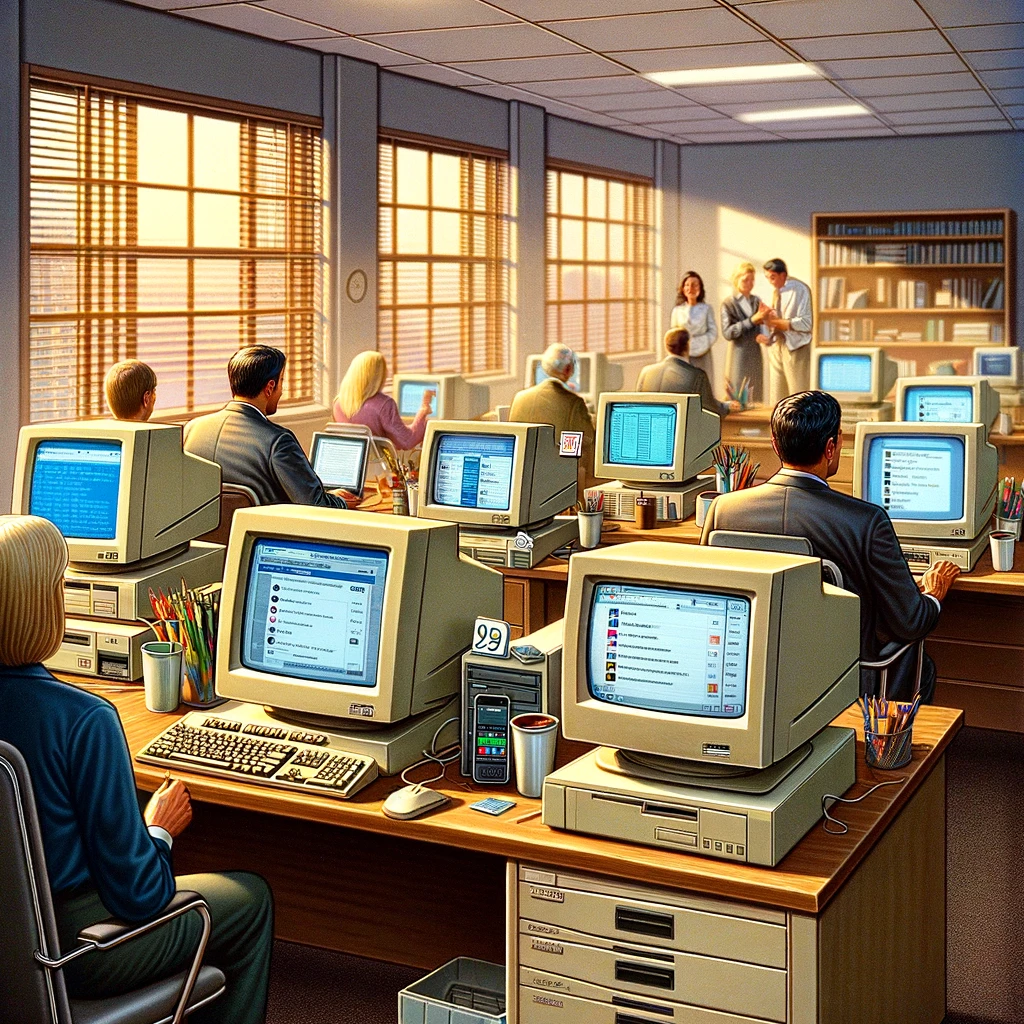
In the early 2000s, social media was not the powerhouse it is today. The use of platforms such as LinkedIn for networking and personal branding, now common practices, was not prevalent or even possible at the time.
6. Smoking in the Workplace
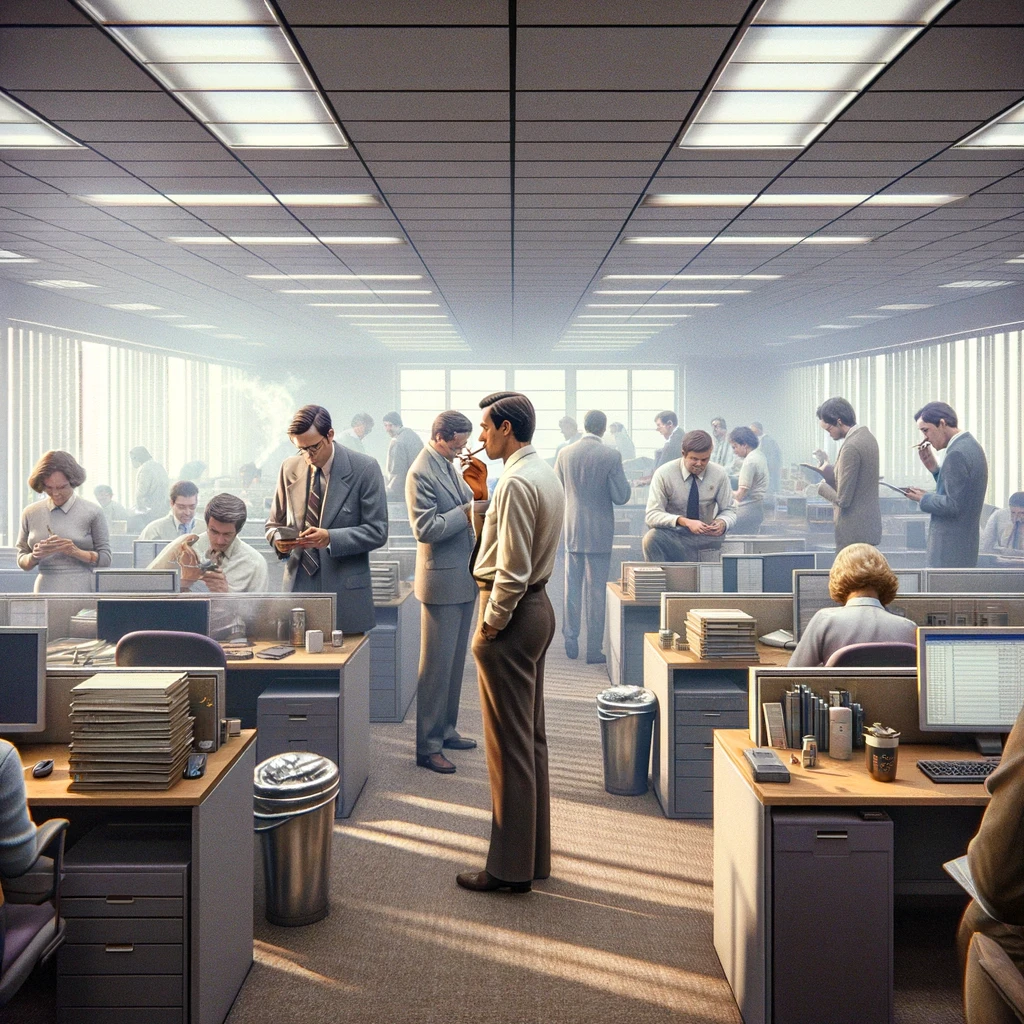
Smoking in office buildings was still permitted or only recently banned in many places during the early 2000s. Today, smoking bans and health-conscious policies are widespread, reflecting changing attitudes toward public health and workplace wellness.
7. Paper-based Filing Systems

Extensive paper filing systems were a hallmark of the early 2000s office. Filing cabinets filled with documents were common, unlike the current trend towards electronic storage and minimal physical documentation, driven by efficiency and environmental concerns.
8. Email as the Primary Communication Tool
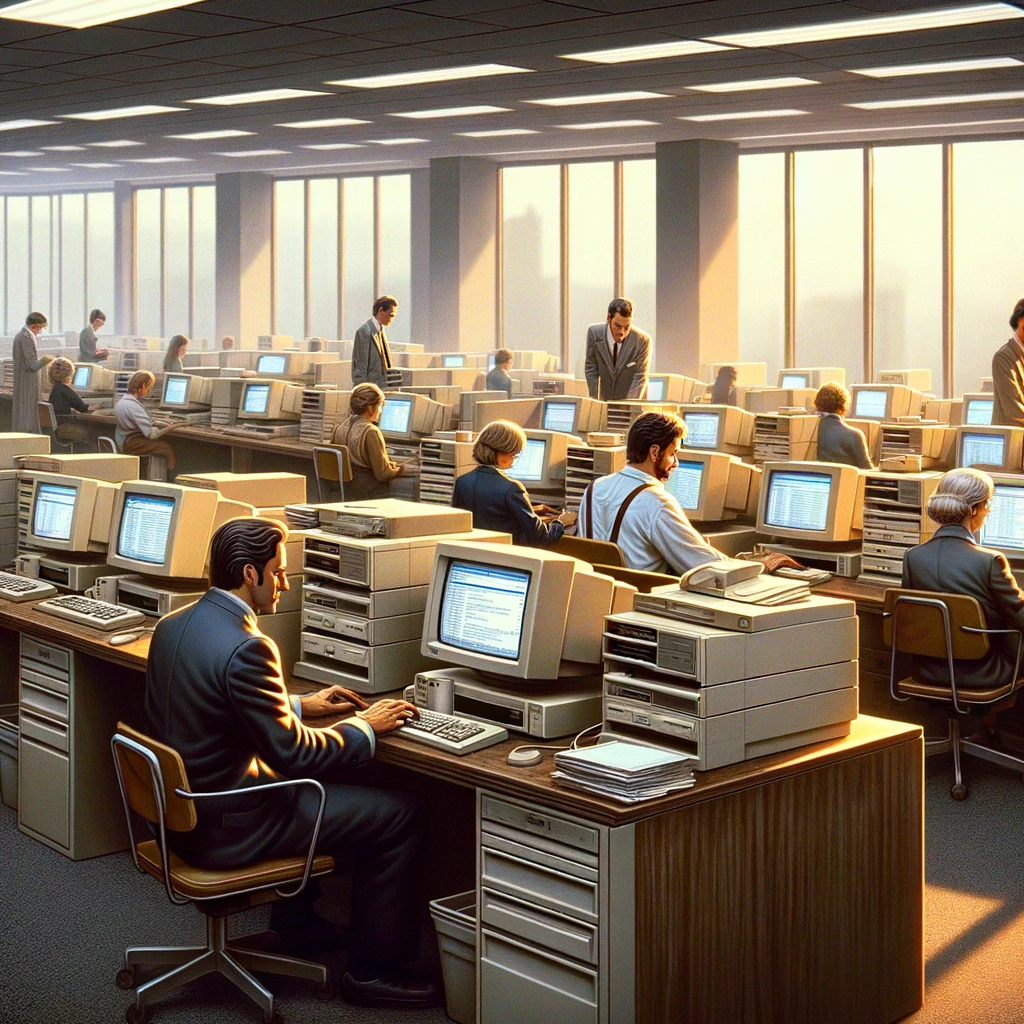
Email was the primary tool for office communication in the early 2000s, with options like instant messaging less common. Modern workplaces employ a variety of communication tools, including instant messaging platforms and video conferencing, catering to a more dynamic and interconnected workforce.
9. Strict Hierarchical Structures
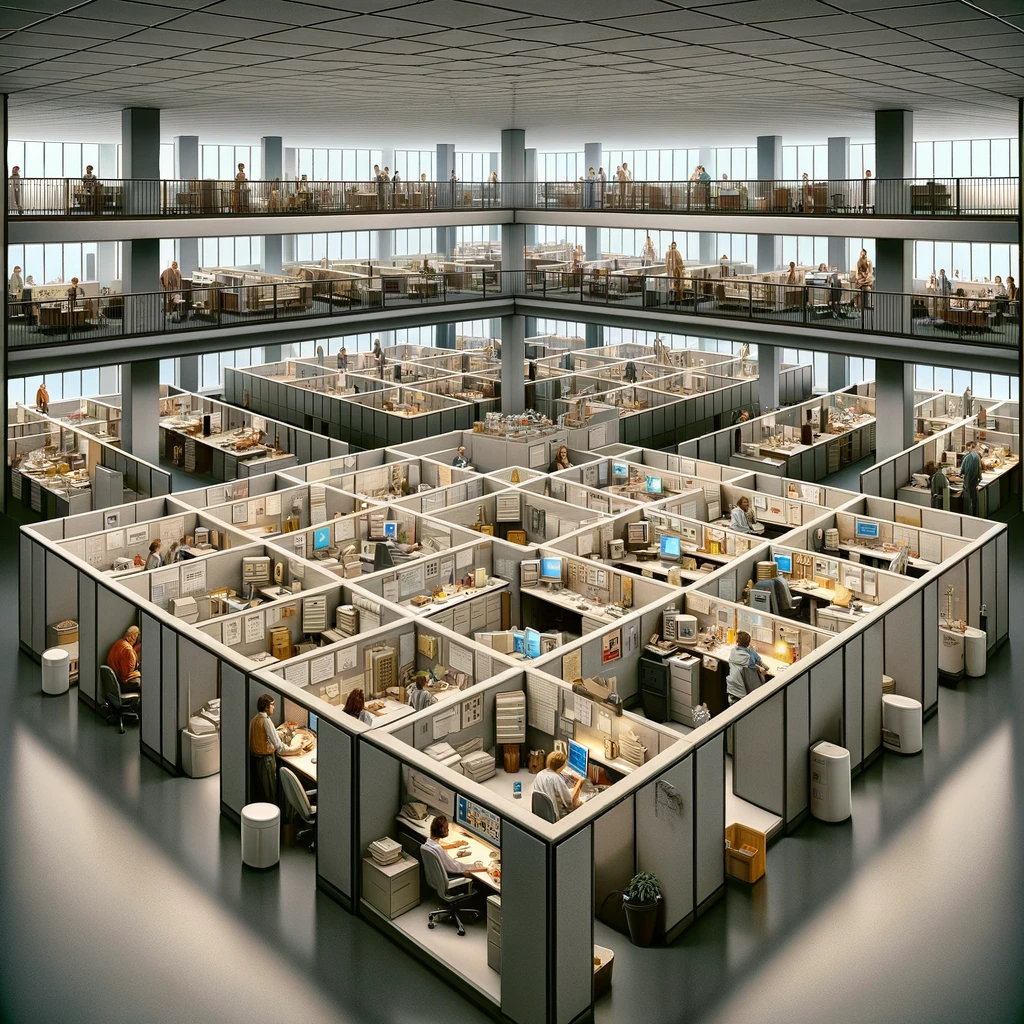
Workplaces in the early 2000s often featured rigid hierarchical structures, with clear chains of command and decision-making processes. In contrast, many of today’s organizations prefer flatter structures that promote open communication and collaboration.
10. Limited Work-Life Balance Initiatives
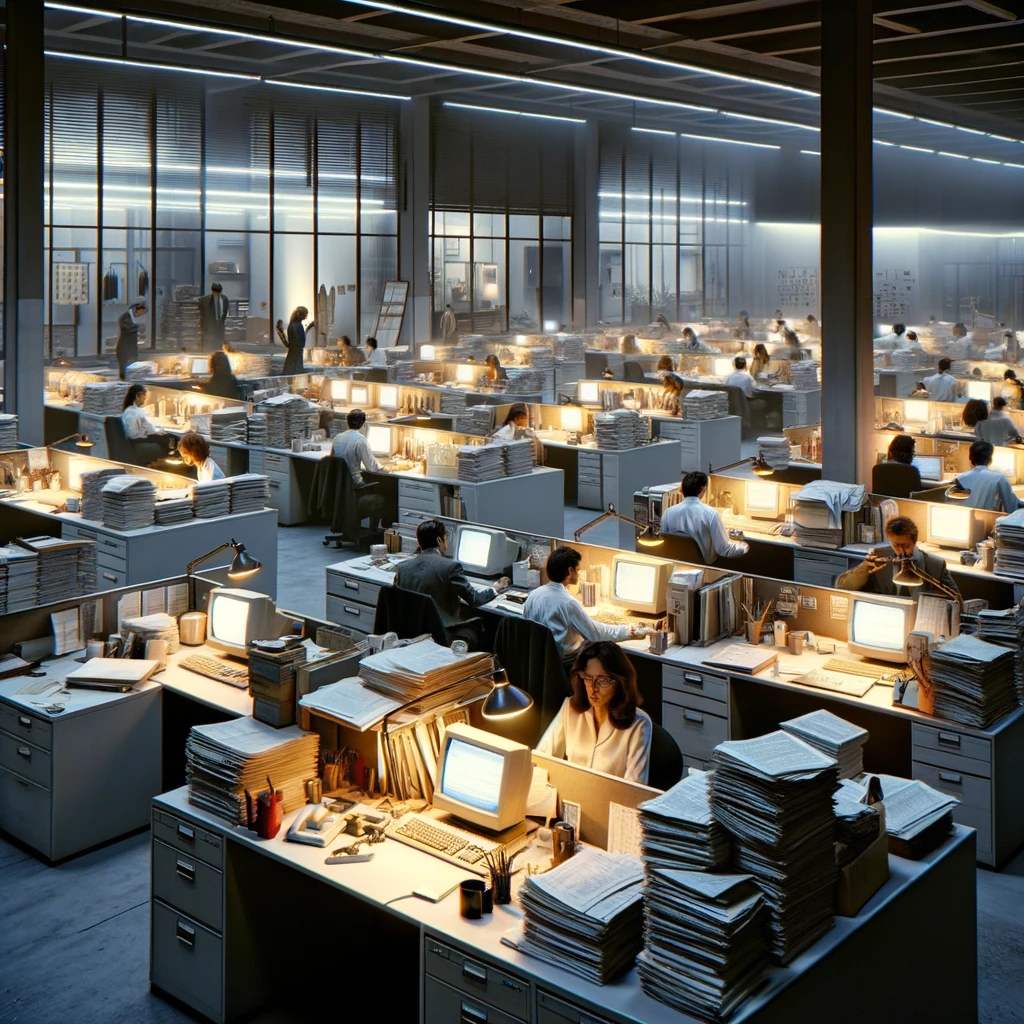
The concept of work-life balance was not as prominently recognized or addressed by employers in the early 2000s as it is today. Modern workplaces often offer various programs and policies to support employee well-being and balance, aligning with the values and expectations of younger professionals.
11. Conventional Office Layouts
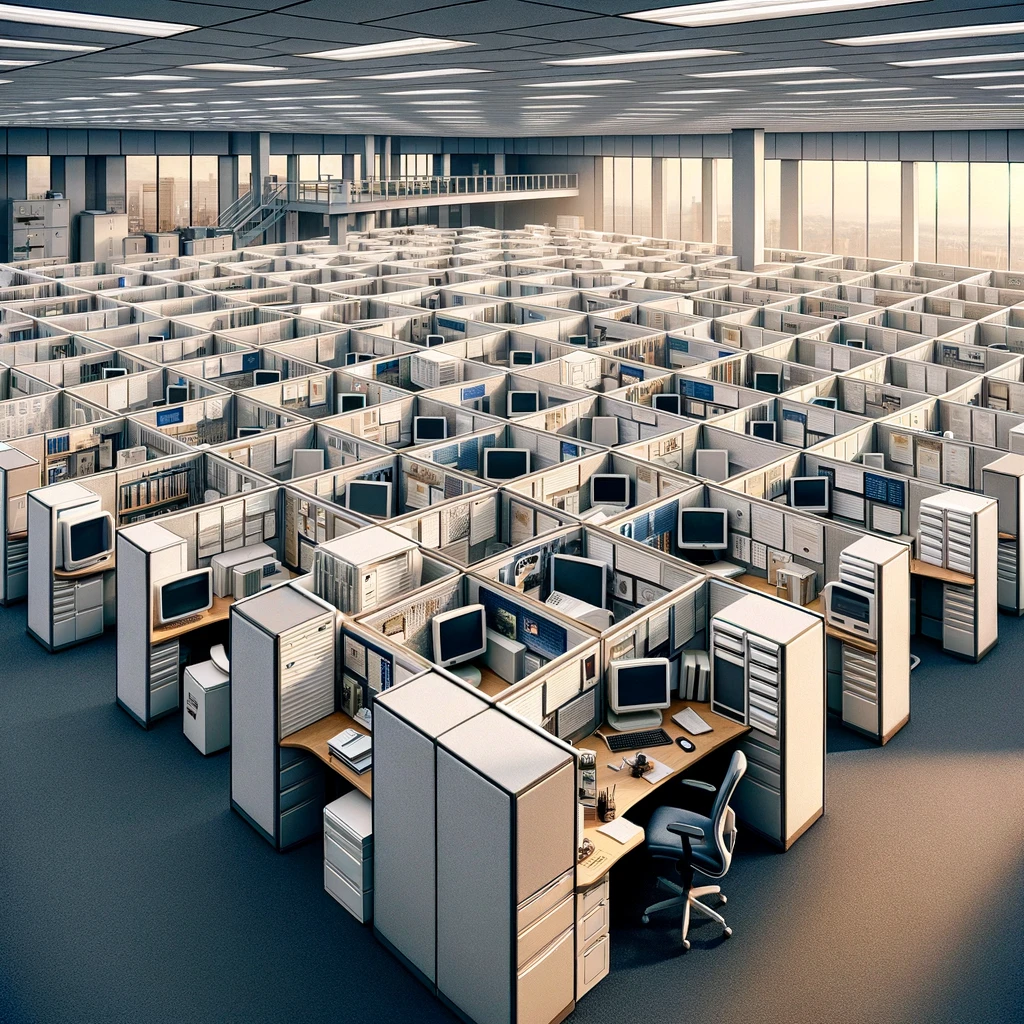
Office designs in the early 2000s typically consisted of cubicles and private offices, reflecting a more segmented and individualistic approach to work. Contemporary office designs often favor open spaces and collaborative areas, encouraging interaction and teamwork.
Workplace Practices

The evolution of workplace practices over the past two decades highlights the dynamic nature of the professional environment. As we continue to adapt to new technologies and changing societal values, it’s intriguing to reflect on how practices once deemed standard have become obsolete.
Share your thoughts and experiences: Are there early 2000s workplace practices you miss, or are you glad to see them go? Join the conversation and share your perspective on the transformation of the workplace.
Tamila McDonald is a U.S. Army veteran with 20 years of service, including five years as a military financial advisor. After retiring from the Army, she spent eight years as an AFCPE-certified personal financial advisor for wounded warriors and their families. Now she writes about personal finance and benefits programs for numerous financial websites.

